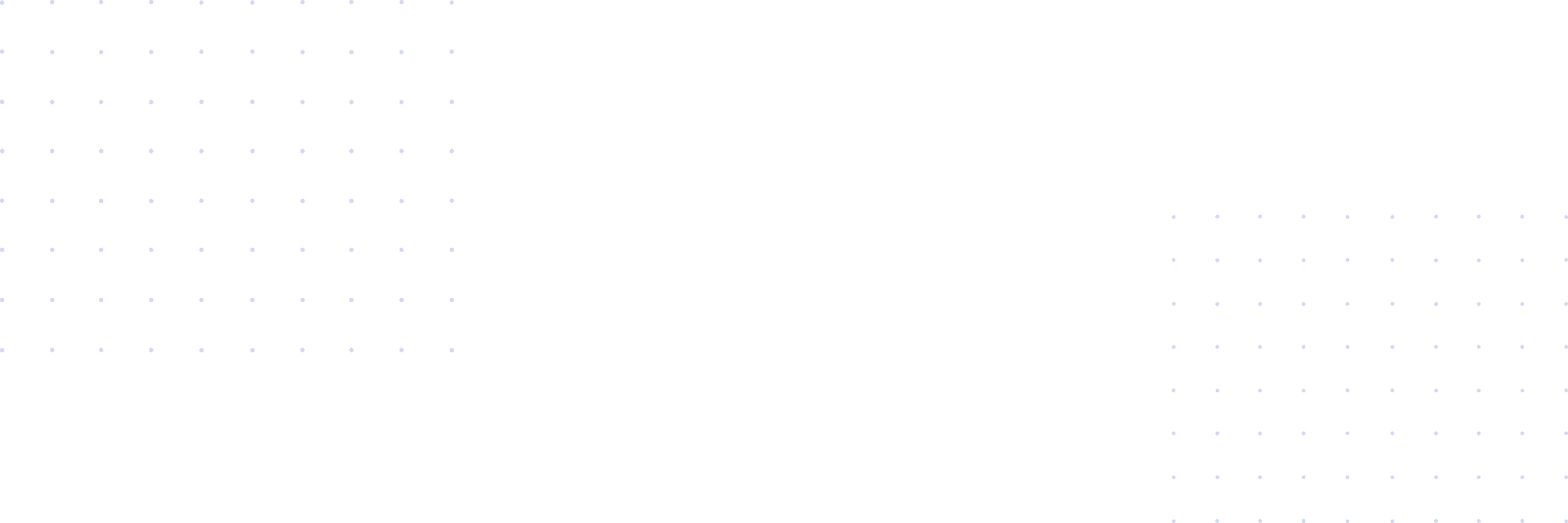You could face several hurdles if you’re self-employed and want to refinance your home loan. Traditional earners can get approved based on their gross income. This isn’t the case for self–employed borrowers, though, as the income that’s used to determine eligibility is what’s earned after expenses are deducted. Hence, the difficulty to get approved for a big enough loan to refinance your property, especially if you claim many write-offs.
But you may not be entirely out of luck. A bank statement refinance loan could be a viable option. Here’s a closer look at how it works, benefits and drawbacks to consider, eligibility guidelines, and how to capitalize on key benefits this mortgage product offers.
Introduction to Bank Statement Refinance Loans
Before diving into the nuts and bolts of these mortgage products, it’s essential to understand what bank statements are and what to expect if you’re approved for a loan.
What are Bank Statements?
Bank statements provide a summary of all financial transactions that occur in a specific period. They include a list of all the deposits, purchases, transfers and withdrawals to help you analyze account activity. Most financial institutions send bank statements by mail or electronically to account holders every month.
The Basics of Bank Statement Loans
Bank statement refinance loans are specifically designed to help self-employed individuals or business owners qualify for a mortgage without providing the same level of documentation that traditional loans require.
With a bank statement refinance loan, you can use your business or personal bank statements to verify your income instead of relying on typical financial documents like tax returns. This alternative documentation method is appealing because it can help you obtain a more accurate representation of your finances and potentially secure a more favorable mortgage.
How Bank Statement Refinance Loans Works
It works just like a standard bank statement loan. Homeowners use it to swap their current mortgage with a new one, typically with better rates or a different loan term. Some borrowers also use bank statement refinance loans to switch from a variable- to a fixed-rate loan or vice-versa. Or you can use it to borrow against your home equity.
To apply for a bank statement refinance loan, you must typically provide 12 to 24 months’ worth of consecutive bank statements. Mortgage lenders will review these statements to determine your net income and assess your financial stability.
What You Need to Know About Bank Statement Refinance Loans
Not all mortgage lenders offer bank statement loans, so you may need to shop for a suitable lender. It would be best if you also considered the following when applying for a bank statement refinance loan:
- Loan-to-value ratio (LTV): This is the percentage of your home’s value you want to refinance. Generally, the lower your LTV, the better. Lower LTVs demonstrate financial stability and can lead to more favorable interest rates.
- Credit score: As with any mortgage loan, having a good credit score increases your chances of being approved and receiving better rates.
- Debts and expenses: Lenders will analyze your debt-to-income ratio (DTI) by comparing your minimum monthly debt payments to your income. A low DTI indicates that you have a manageable level of debt and are less risky to the lender.
- Reserves: Particularly when you’re self-employed, having adequate reserves (such as savings, investments, and other assets) can demonstrate to the lender that you have the financial resources to handle unpredictable fluctuations in income or expenses.
Understanding The Refinance Process
Below is a step-by-step breakdown of the refinance process:
- Understand your goal: Start by figuring out why you want to refinance. Are you looking to lower your monthly payments or switch from an adjustable-rate mortgage to a fixed-rate loan? Taking this important step will help you decide whether refinancing is right for you.
- Shop around for the best rates and terms: Contact multiple lenders and compare financing offers. Remember to factor in the break-even point, which is the amount of time it takes for your monthly savings through refinancing to cover the costs of refinancing your mortgage.
- Submit the necessary documentation: This typically includes proof of income, employment history, assets and a current home appraisal. Also, be prepared to provide 12 to 24 months of recent bank statements.
- Get a loan decision: Up approval, you’ll move into the closing phase. It includes signing loan documents, remitting funds for closing costs and securing the loan.
The Benefits of Bank Statement Refinance
These loans come with several advantages that make them worth considering.
Potential Savings
Refinancing your mortgage with a bank statement loan program can potentially secure a lower interest rate. This can save you money on your monthly mortgage payment and lower the overall cost of your mortgage loan. This can be especially helpful as a business owner if your financial situation has improved since you initially obtained your mortgage.
Improved Cash Flow
Refinancing with a bank statement mortgage can lead to better cash flow management, allowing you to allocate funds more effectively among your personal and business expenses. With a lower monthly payment, you can use the extra funds for other financial goals, such as retirement savings or investing in your business.
Debt Consolidation
You can consolidate other high-interest debts like credit card balances or personal loans to get a single, more manageable payment. Doing so can help you save a bundle in interest and simplify the debt management process.
Home Improvement Opportunities
The funds can also be used to make much-needed home upgrades and repairs. Depending on the projects, it’s possible to increase your property value and make it more comfortable to live in.
The Risks Involved in Bank Statement Refinance
Unfortunately, there are also drawbacks to keep in mind when deciding if a bank statement refinance is right for you.
Fluctuating Interest Rates
As self-employed individuals often have inconsistent income, lenders may perceive them as riskier borrowers. Consequently, you may receive a variable interest rate that causes your monthly payments to fluctuate over time.
High Closing Costs
Since bank statement loans carry a higher risk, closing costs can also be higher than with traditional refinancing options. Be sure to keep these expenses in mind as you evaluate if a bank statement refinance loan makes financial sense for your situation.
Excessive Borrowing
It might be tempting to refinance your loan for a higher amount to access additional funds, especially if you face inconsistent cash flow as a self-employed individual. However, this practice can lead to excessive borrowing and could create unnecessary financial strain. Make sure to borrow only what you need and keep track of your account transactions to ensure you maintain control over your finances and debt levels.
Guidelines for Bank Statement Refinance Loans
Each lender has its own eligibility criteria for bank statement refinance loans. Still, there are some general guidelines to be aware of before applying.
Determining Your Eligibility
Bank statement loans are primarily designed for self-employed borrowers who cannot provide traditional income documents, like W-2s or tax returns. Lenders analyze 12 to 24 months of recent bank statements to calculate your net income.
As mentioned above, they also assess your creditworthiness, DTI ratio, LTV ratio and reserves to make a lending decision.
Preparing Required Documentation
When applying for a bank statement refinance loan, you’ll need to gather specific documentation to show your financial stability. Some required documents include:
- 12 to 24 months of consecutive bank statements to demonstrate your earnings
- Proof of self-employment, such as a business license or registration
- Personal identification, like a driver’s license or passport
Evaluating Lenders for Refinance
Not all lenders offer bank statement mortgage refinancing, so it’s essential to research and compare different lenders. Pay attention to factors like interest rates, loan terms, origination fees and prepayment penalties.
If you are a self-employed individual or don’t have the necessary proof of income documentation to refinance your mortgage required by other lenders, consider Top Flite Financial. As an industry leader for credit-challenged homeowners, Top Flite Financial considers applicants that traditional banks and credit unions may have turned down. With their cash-out refinance, you can pull equity from your home and convert it into cash to upgrade your home and increase its value, even if you have a low credit score. Submit a few answers on the questionnaire online to contact a mortgage refinance expert from the Top Flite Financial team to review your options.
Improving Your Chances for Approval
To increase the likelihood of getting approved for a bank statement loan:
- Maintain a consistent and healthy income as reflected in your bank statements before applying
- Keep a clean credit report with minimal debts
- Demonstrate a strong business trajectory
Common Mistakes in Bank Statement Refinance
Avoid these common mistakes when applying for a bank statement refinance:
- Ensure you have at least 12 to 24 months of consecutive bank statements to demonstrate your income.
- Keep all necessary documents organized to make the application process smoother.
- Don’t forget to compare the fees, including origination fees and prepayment penalties, among different lenders.
Conclusion: Maximizing the Benefits of Bank Statement Refinance Loans
To make the most of your bank statement refinance loan, thoroughly understanding the process and requirements is important. Doing so can ensure you’ll be prepared when it’s time to apply. Remember, these loans cater to self-employed borrowers, providing flexibility with documentation and loan requirements.
Take the time to shop around and compare loan quotes from at least three lenders. By doing so, you’ll be in a better position to choose the best deal for your financial and personal needs.






